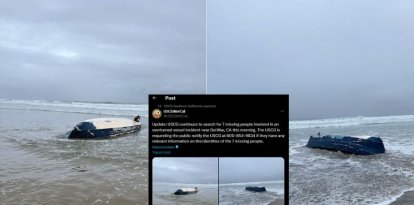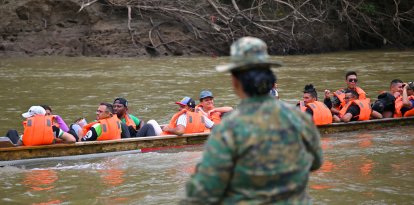'Ian' approaches the Carolinas and Georgia leaving more than 20 dead in Florida
The National Hurricane Center recommends states be prepared for "potentially deadly" flooding and high winds.
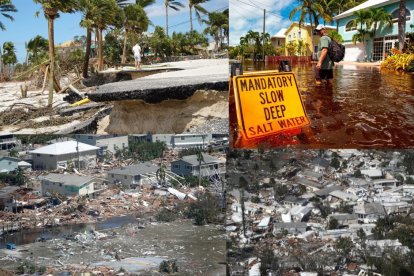
Fort Myers, Florida (Cordon Press)
The landfall of Hurricane Ian through the state of Florida has, so far, left more than twenty people dead. The combination of strong winds, rain and flooding has destroyed homes, roads, electrical infrastructure and bridges connecting cities to some islands. Losses are estimated at more than $100 billion and authorities have announced "historic" damage.
Ian's passage through Florida
On Wednesday, at 15:05 local time, Ian made landfall with winds of 150 mph in Cayo Costa, near cities such as Fort Myers, Sarasota and Tampa which were the hardest hit. Ian is already classified as a category 4 hurricane. It made its way through part of the state and left a devastation of destroyed infrastructure. The power grid was affected with more than 2.6 million homes without electricity.
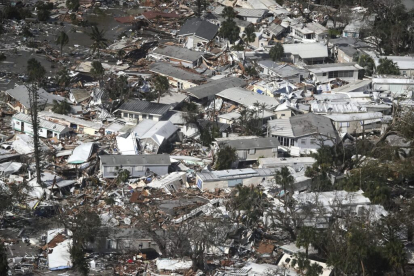
Fort Myers, Florida/ Hurricane Ian
Governor Ron DeSantis reported approximately 700 rescues by the more than 30,000 emergency services personnel working around the clock aided by helicopters in areas inaccessible by road. The city of Fort Myers, with a population of 83,500, is considered to be the hardest hit so far.
Numerous boats were seen piled up against each other on the coasts after being swept away by the wind, rain and strong waves.
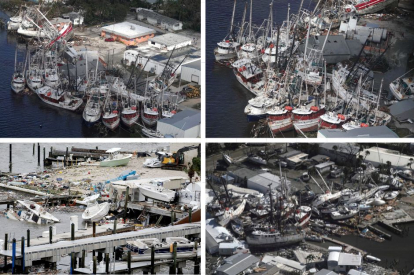
Fort Myers, Florida, Hurricane Ian
Historical damage
The National Hurricane Center (CNH) confirmed that Ian ranks as the fifth most powerful hurricane to impact Florida in its history.
DeSantis assured that although the damage caused by the hurricane was historic, the priority is to rescue possible survivors. He also said that they are awaiting federal funds to start with the "construction from scratch" of the affected areas:
Videos are already circulating on social networks of more than 42,000 linemen who are waiting to restore electricity service in the most devastated areas.
President Joe Biden declared the devastation a "major disaster" during a visit to the Federal Emergency Management Agency (FEMA) headquarters. The president assured that it could be the deadliest hurricane in Florida's history:
The President spoke by telephone with the Governor to offer him "maximum federal support." Biden revealed his intention to visit Florida and Puerto Rico, although he did not specify a date.
Ian regains strength. Emergency in the Carolinas
The meteorological services warn that it has regained Ian has regained intensity, after losing strength on Thursday and becoming a tropical storm. The hurricane, now a Category 1, is heading northwest today and making landfall in the states of Georgia, South Carolina and North Carolina. The CNH warned that it will cause "potentially deadly flooding, storm surge and high winds." It is headed towards Virginia next.
Biden approved the State of Emergency in South Carolina, so more reinforcements will be added to the state teams to reduce or avoid the threat of a catastrophe. The White House informed:
FEMA is now authorized to "identify, mobilize, and provide at its discretion, equipment and resources necessary to alleviate the impacts of the emergency."
RECOMMENDATION

